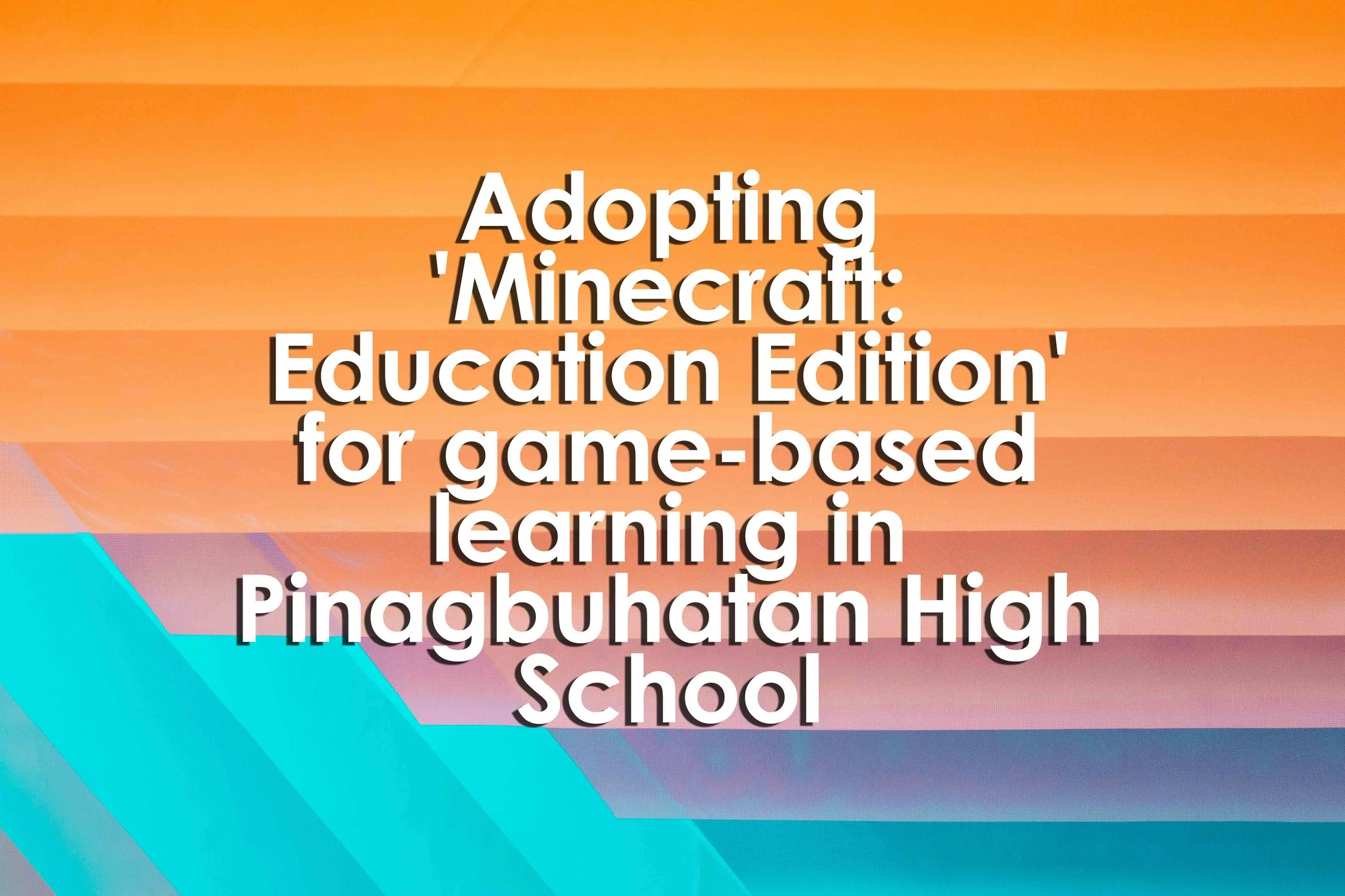At John Dewey High School in Brooklyn, senior Jayla Mallette and her peers are deeply invested in their Minecraft project, repurposing the Kingsbridge Armory for a city competition. Their enthusiasm is evident as they work late into the night, with their teacher, Mashfiq Ahmed, supporting their dedication.
Read MoreAt P.S. 100X in Soundview, fifth graders like Shafquat Wafi and Elysse Robles are deeply engaged in a Minecraft-based design project, coding and building virtual structures. Their team, The Straw Hat Luffers, participated in the "Minecraft Education Challenge: Battle of the Boroughs," an esports competition for NYC schools.
Read MoreIn April, Minecraft introduced "Heat Wave Survival," a minigame challenging players to defeat a fire-breathing Heat Dragon symbolizing extreme heat's threat amid rising global temperatures. This exemplifies a trend where game developers incorporate climate change themes into entertainment. Initiatives like the nonprofit-led development of games promoting renewable energy and heat-resilient infrastructure aim to educate youth on climate issues.
Read MoreIn Talib Visram's article, a new educational game within Minecraft, Heat Wave Survival, transforms the abstract threat of extreme heat into a tangible challenge—a fire-breathing dragon. Developed by the Adrienne Arsht-Rockefeller Foundation Resilience Center, the game aims to educate children about the dangers of heat and teach mitigation strategies such as hydration and urban planning.
Read MoreDuring the pandemic, educators and students at John Dewey High School in Brooklyn established a Minecraft Club to foster school community.
Read MoreHow can we be sure to keep students interested and encouraged to contribute and perform well in assessments? The gamification of education, where you make learning more enjoyable and engaging for students by using game design features, could be the answer.
Read MoreLAST week, I was lucky to be given the chance to participate in the orientation and kick-off program of the Minecraft Education Edition to be implemented in Zambales, one of the four schools division offices in the country to pilot the said app for students. Aside from it being a significant development in terms of the current teaching and learning situation, I was also excited to be part of the launch because of my son who really loves Minecraft.
Read MoreThere have been on-going debates on whether children benefit from playing video games. A group of researchers has demonstrated that video games can improve a number of competencies. On the other side, the popular conception of video games runs against the idea that playing on a computer can aid learning.
Read MoreTeachers can achieve the 4 Ps in physical classrooms through a station rotation model, as students visit stations with BrainPop or PBS LearningMedia videos, materials needed for project design, or other components. In the activity, students divide a sheet of paper into six parts or "Rooms." They then follow prompts for writing descriptive text in each room.
Read MoreThough the coronavirus is twisting the education landscape, students have entire worlds where they can go to interact with their teachers and classmates, unhindered by the pandemic. Those worlds are ever-changing, created by students and teachers alike within Minecraft: Education Edition.
Read MoreThese quality assurance exercises are just one facet of a project management effort that seems almost unfeasibly competent: there's a whole workflow system for laying out new districts, construction codes to keep style and quality consistent among the swarm of builders at work on the city, and regular staff meetings over discord to co-ordinate the mammoth effort.
Read MoreThe ludic framework works through rhetorics of play as a frame of reference; rhetorics of possibility and invention as a means of production; the acceptance of transformative failure; and engages with digital communities to further knowledge through social affinity while being grounded in constructionist learning theories.
Read MoreThe studio's "Minecraft: Education Edition" has for the last few years played host to virtual curricula that have allowed students to visit and learn about global monuments, sharpen math skills, understand coding or take puzzle-filled explorations to places as varied as the human body or a NASA-approved jaunt into the International Space Station.
Read MoreIn the beginning it was just you who started building out Penn in Minecraft, and then later another eight people joined in. They're using a tool to directly download satellite images of the buildings and import it instantly into Minecraft.
Read More














